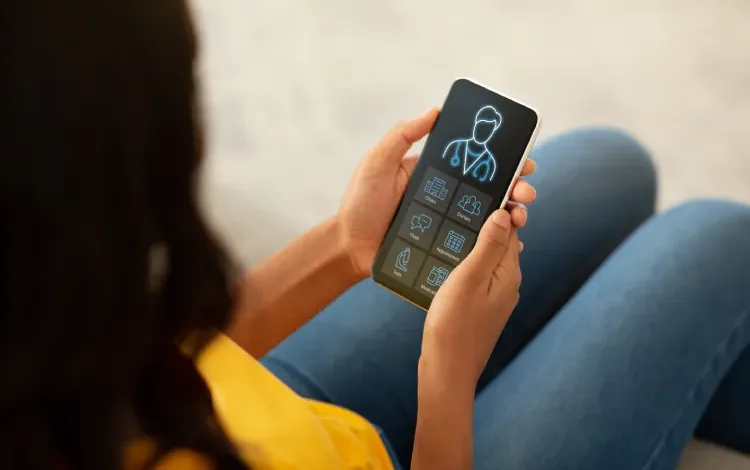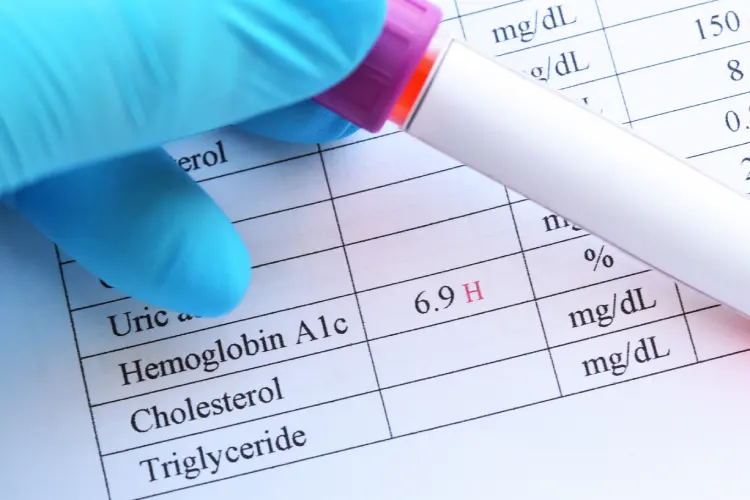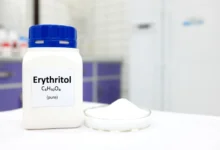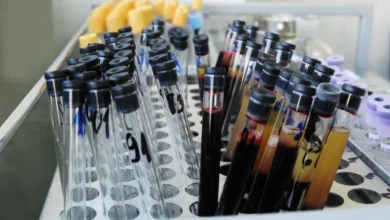Diabetes Smartphone Test Could Diagnose Condition in Under 10 Minutes
A New Uk-developed Smartphone Test May Transform Diabetes Screening, Cutting Wait Times and Reducing Healthcare Costs

Diagnosing type 2 diabetes has traditionally involved long wait times, clinic visits, and laboratory testing. But a new smartphone-powered test, launched in the UK, promises to change that. Developed by diagnostics company PocDoc, the tool delivers results in under 10 minutes—a major leap from the weeks it often takes for patients to receive lab-confirmed results.
The new testing system is currently undergoing trials in Cumbria and the North East of England, and health officials plan to extend its availability to the rest of the UK before the end of the year. If successful, it could offer lessons for healthcare systems worldwide, including the United States, where over 37 million adults live with diabetes and millions remain undiagnosed.
How the Test Works

PocDoc’s test is built around the HbA1c marker, widely recognized as the benchmark for identifying and tracking type 2 diabetes. HbA1c measures average blood glucose levels over the past two to three months, offering a reliable picture of long-term sugar control rather than just a single reading. To use the test, patients begin with a simple finger-prick to provide a small blood sample.
The sample is then applied to PocDoc’s patented microfluidic test cartridge, which is designed to capture and process the biomarker. Using the companion smartphone app, the cartridge is scanned, and results are generated in less than 10 minutes, eliminating the need for laboratory analysis.
By shifting screening away from clinics and into homes, pharmacies, and community spaces, the technology reflects a broader trend in digital health—giving individuals greater control and convenience in monitoring chronic conditions such as diabetes.
Why It Matters for Public Health
Type 2 diabetes is one of the most preventable chronic conditions, yet it continues to grow rapidly worldwide. In the UK, around 5.2 million people live with the disease, and another 1.3 million are undiagnosed. Treating diabetes and its complications costs the National Health Service (NHS) about £8.8 billion annually, nearly 10% of its total budget.
In the United States, the challenge is even greater. The Centers for Disease Control and Prevention (CDC) reports that diabetes costs the U.S. healthcare system $327 billion each year, with nearly $1 in every $4 healthcare dollars spent on treating the disease. Alarmingly, 96 million Americans are estimated to have prediabetes, but the majority do not know it.
For both the NHS and U.S. healthcare providers, earlier detection could significantly reduce long-term costs and complications. Lifestyle interventions, such as improved diet, exercise, and weight management, have been shown to reduce the risk of type 2 diabetes by nearly 50% if introduced early.
Professor Julia Newton from Health Innovation Northeast and North Cumbria highlighted this potential: “Type 2 diabetes can often be prevented or even reversed through early detection and lifestyle change. Making tests available at the touch of a button could be a game-changer.”
Implications for U.S. Healthcare
The United States faces unique challenges in managing diabetes. While annual screenings are recommended for high-risk groups, access remains uneven—particularly in rural areas, among uninsured populations, and in communities with limited primary care.
Smartphone-based testing could help bridge these gaps. With more than 85% of U.S. adults owning a smartphone, app-driven diagnostics could reach populations underserved by traditional healthcare. Pharmacies, employer wellness programs, and telehealth providers could integrate rapid HbA1c testing into their services, helping millions access earlier screenings.
That said, scaling such a system in the U.S. would require FDA approval, insurance integration, and careful oversight to ensure accuracy. The FDA has previously flagged risks with some health apps that failed to provide reliable alerts. Ensuring data security and equitable access will also be critical.
Still, experts believe that digital-first models could save billions annually by reducing hospitalizations, dialysis treatments, and cardiovascular emergencies linked to late-diagnosed diabetes.
The Future of At-Home Testing
The diabetes test is not PocDoc’s first foray into digital diagnostics. The company also launched a Healthy Heart Check, an at-home cholesterol and cardiovascular risk screening kit. Its success indicates a broader shift toward self-administered, technology-driven preventive care.
If the diabetes test proves successful in the UK, expansion into other markets could follow. For U.S. patients, this would mean faster access to critical health information and greater control over managing their risk factors.
As healthcare systems worldwide grapple with rising chronic disease costs, tools like the PocDoc test show how technology and preventive medicine can work hand-in-hand. Instead of waiting for symptoms to appear or results to trickle in from distant labs, patients could soon hold answers in the palm of their hand—literally.
[Source]








